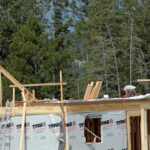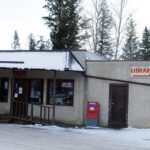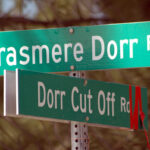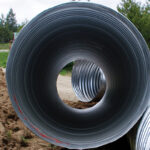Home »

Please keep attractants out of reach of bears
Sharing the landscape with bears is unavoidable here in the East Kootenay.
Kimberley/Cranbrook WildSafeBC and the City of Cranbrook are hoping we as community members can do our part and keep our attractants out of wildlife’s reach as much as possible.
If a bear is moving through our community, is not lingering, and is not interacting with us or our property then there is no conflict. There are many situations when a bear moving through Cranbrook (or a nearby community) is to be expected: e.g. when they are trying to access a natural food source such as a fish bearing stream or trying to get to foraging opportunities on the other side of what was once their normal home range.
How we manage our living space has a great deal of influence on the amount of human-wildlife conflict we experience.
WildSafeBC Community Coordinator Danica Roussy said, “If by chance you come across a bear wherever you are, just stop, stay calm and back out of the area. It is important to let the bear have some space and, call the Conservation Officer Services RAPP Line at 1-877-952-7277.”
WildsafeBC also recommends a yearly self-audit of your living space and encourage you to reduce the possibility of conflict by:
- Removing attractants (things animals like to eat) from your yard;
- Do not store garbage outdoors;
- Pick up fallen fruit;
- Remove bird feeders or at least keep the area under the feeder clean and reduce the amount of seed you put out at a time (no more than a cup at a time);
- Do not feed pets outdoors;
- Keep your barbecue clean.
When bears quit moving through the community and start using it as a foraging area for human–provided foods then conflicts develop.
Bears that start using human-provided foods can become food-conditioned. Once a bear starts equating humans with goods, they can lose their natural wariness of humans and become what is called human-habituated.
Habituated bears tolerate humans in much closer proximity than what is safe for both bears and humans. This increases the potential for a dangerous interaction between the bears and us within and around city limits.
“We are fortunate in that we normally don’t see very many bears within city limits,” said Chris Zettel, communications director with the City of Cranbrook.
“Properly managing your garbage and other attractants around your property will help minimize the potential for any unwanted encounters,” he said.
For information on other wildlife please visit our website at wildsafebc.com.
Lead image by Kirk Friederich. Submitted by WildSafeBC
WildSafeBC/City of Cranbrook







